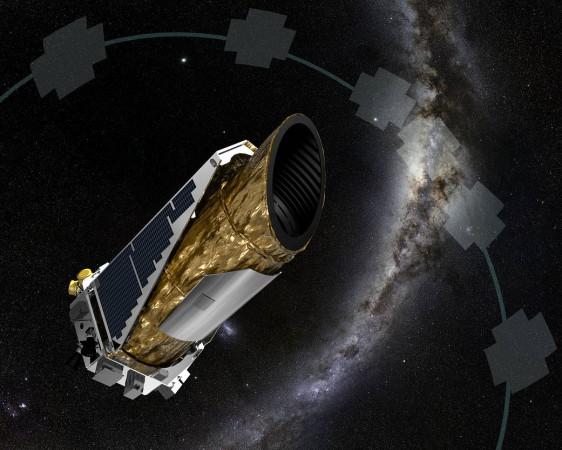
A new exoplanet dubbed EPIC 228735255b-- discovered by NASA's K2 mission-- has been classified as a hot Jupiter.
Also Read: Earth based telescopes to aid NASA's Juno mission
The planets which orbit their host star at a closer proximity than Mercury orbits the Sun are called hot Jupiters (orbital period of less than 10 days). EPIC 228735255b has an orbital period of 6.57 days.
Hot Jupiters are gas giant planets resembling characteristics of Jupiter.
NASA's K2 is an extended mission. Kepler spacecraft spotted EPIC 228735255b-- with an eccentric orbit-- on July 10, 2016, as a planetary candidate during its Campaign 10, Phys.org reported.
The light curve of parent star EPIC 228735255 was detected first, and the exoplanet was found to possess mass and size similar to that of the Sun. Ground-based telescopes -- High Accuracy Radial Velocity Planet Searcher (HARPS) and Euler Telescope at Chile's La Silla Observatory, Arizona's Kitt Peak telescope and South Africa's Las Cumbres Observatory (LCO) telescopes -- were used by the astronomers for the follow-up research.
The researchers found that the exoplanet has an equilibrium temperature of approximately 1,114°K. The hot Jupiter planets have high surface temperatures due to their close proximity with parent stars.
The research has been published in the Cornell University Library's Arxiv.org.
"This discovery is the ninth 'hot Jupiter' from K2 and highlights K2's ability to detect transiting giant planets at periods slightly longer than traditional, ground-based surveys," the research team of astronomers said.
This hot Jupiter is as gigantic as the largest planet known to be present in the solar system – Jupiter. The radius of this hot Jupiter is around 1.09 Jupiter radii. The exoplanet is slightly inflated hence it has a bulk density of around 27 percent lower than that of Jupiter.














